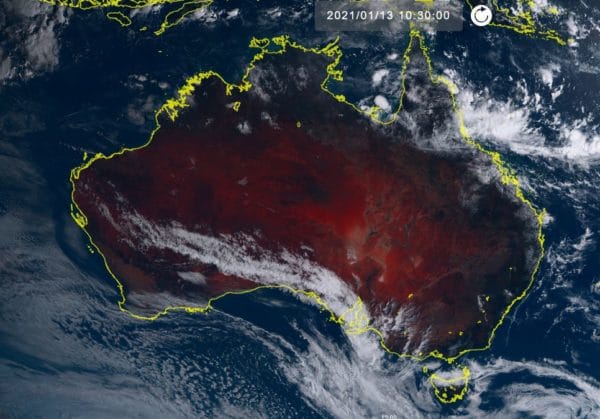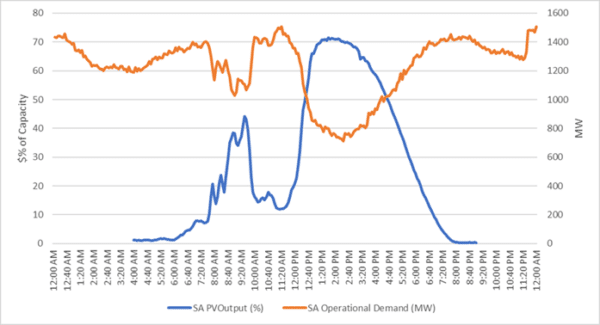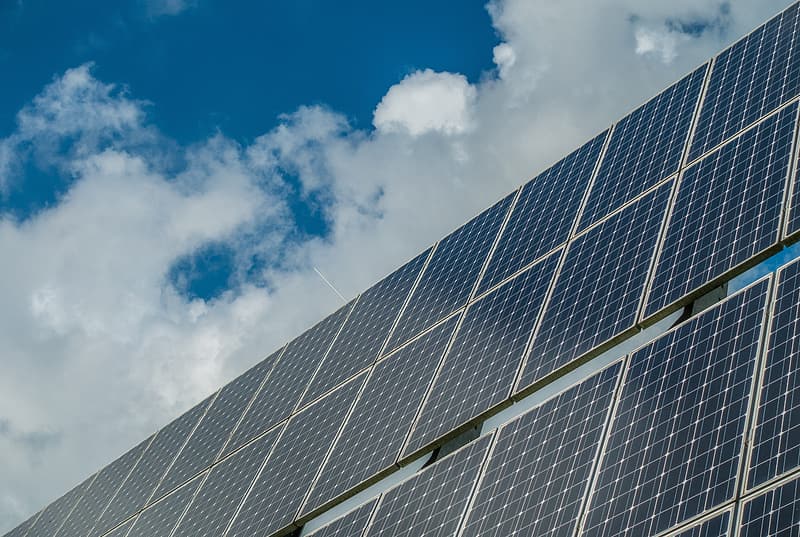At about 10.30am on January 13, a cloud band that was thicker than predicted moved across metro Adelaide, causing solar production, both rooftop and large scale, to unexpectedly fall rapidly – in the order of ~420 MW in less than 30 minutes.
The Australian Energy Market Operator (AEMO) said grid demand had picked up to supply load previously supplied by rooftop PV and 90 minutes later the cloud passed, resulting in a ramp up of solar generation of ~840MW over 90 minutes.
James Luffman, CEO of solar data services company Solcast, said the unexpected drop in rooftop PV production and resultant ramp in grid demand, and associated price spike, highlighted the importance of accurate forecasting tools as increasing levels of weather-dependent generation are integrated into the grid.
“With the right forecasting in place, you go from a fairly serious event to something quite minor,” Luffman said.
“Without the right forecasting, integrating more renewables into the grid becomes much harder and more expensive.”

Image: BOM
Energy market analyst Paul McArdle, managing director of Global Roam, said the sudden drop in rooftop PV and unexpected ramp in grid demand, which climbed by 45% to 1,506 MW in the 10.30am trading period, triggered a spike in the trading price from $20.92 to $200.48. Included in the 10am and 10.30am trading periods were spikes in the 10am and 10.05am dispatch intervals to $1,015.13 MWh.
AEMO said the ‘price spike’ was a normal market response to ensure generation was available to meet the increased demand and that normal operational reserves were available to ensure there was no adverse impact on frequency or system security.
The energy market operator said while the initial ramp was unexpected, its forecasting systems had rapidly adjusted for the change in demand but there remain concerns that existing forecast models leave gaps in the predictions, which can affect the security and reliability of electricity supply.

Image: AEMO
Luffman said the rapid increase in rooftop PV generation in the National Energy Market (NEM) brings with it some new technical challenges with “lesser and lesser weather events significant to the power system”.
Luffman said the rapid increase in rooftop PV generation in the National Energy Market (NEM) brings with it some new technical challenges with “lesser” weather events having a increasingly significant effect on the grid.
“We need more forecasting technology,” he said.
“Weather forecast models are a key input to demand forecasts. These models have improved a lot over the past few decades, and they do pick up the larger events like this cloud band pretty well, however they have a fundamental problem that they don’t get the intensity or timing right.
“That’s understandable, since these models basically work off their previous forecasts, plus new observations – but these observations are taken the night before because the models take hours to run and disseminate.
“In this specific case, the weather models got the event and its timing OK, but they missed the intensity – how thick the clouds would be at the peak of the event.”
Looking to the future
Solcast, with support from AEMO and the Australian Renewable Energy Agency (ARENA), is working to develop a forecasting tool which will track and predict renewable output in South Australia in real time. Solcast’s forecasting tool is designed to predict up to six hours ahead in five-minute increments, distributed into 1-2km grids across SA.
“We weren’t really surprised by this,” Luffman said of the January 13 incident. “Firstly in the sense that it was a well-forecast event, at least from our system, and secondly in the sense that there is so much rooftop PV now that lesser and lesser weather events are significant to the power system.”
ARENA which last year provided Solcast with $994,685 in funding, said the Gridded Renewables Nowcasting Demonstration project will deliver more frequently updated, high-resolution weather forecasts specifically designed for the Australian energy industry.
“What our system does is to watch the clouds on the day as they develop, which may be different to what the weather models were expecting, and run lighter, faster and less traditional models for the next four hours every five or 10 minutes,” Luffman said.
“This gives huge accuracy improvements for the zero to four-hour ahead period, for example in our solar forecasts at two hours ahead we typically see the error drop to about one-third to one-half the error of the weather models.”
ARENA CEO Darren Miller said Solcast’s project, by improving accuracy of forecasts could help solar and wind farms, networks as well as the grid overall.
“Renewable generation forecasts, particularly in the intraday time-frame, are critical for effective management of the electricity system with growing shares of large-scale variable renewable energy, energy storage, distributed energy resources and emerging demand management capability which are at the front and centre of innovation in the energy industry,” he said.
This content is protected by copyright and may not be reused. If you want to cooperate with us and would like to reuse some of our content, please contact: editors@pv-magazine.com.









By submitting this form you agree to pv magazine using your data for the purposes of publishing your comment.
Your personal data will only be disclosed or otherwise transmitted to third parties for the purposes of spam filtering or if this is necessary for technical maintenance of the website. Any other transfer to third parties will not take place unless this is justified on the basis of applicable data protection regulations or if pv magazine is legally obliged to do so.
You may revoke this consent at any time with effect for the future, in which case your personal data will be deleted immediately. Otherwise, your data will be deleted if pv magazine has processed your request or the purpose of data storage is fulfilled.
Further information on data privacy can be found in our Data Protection Policy.